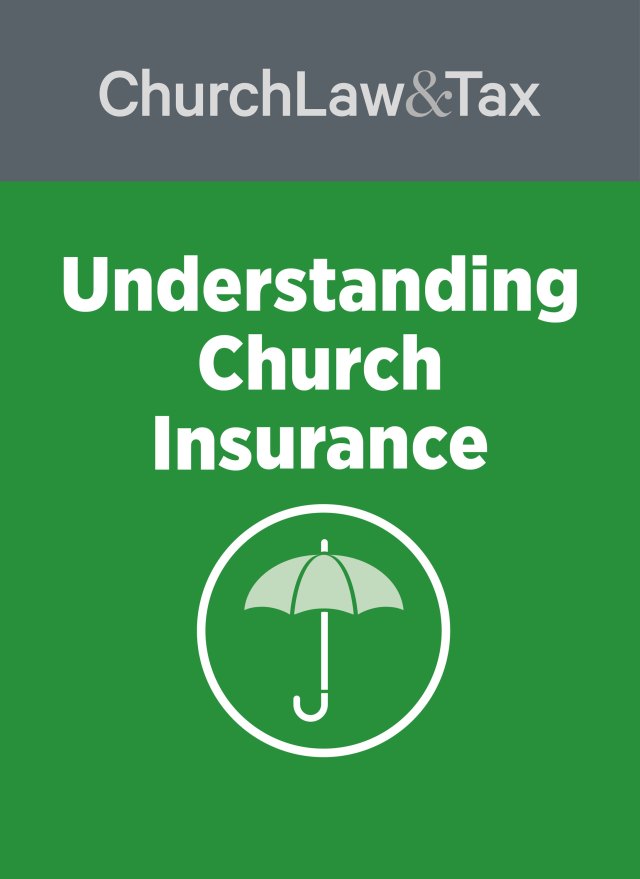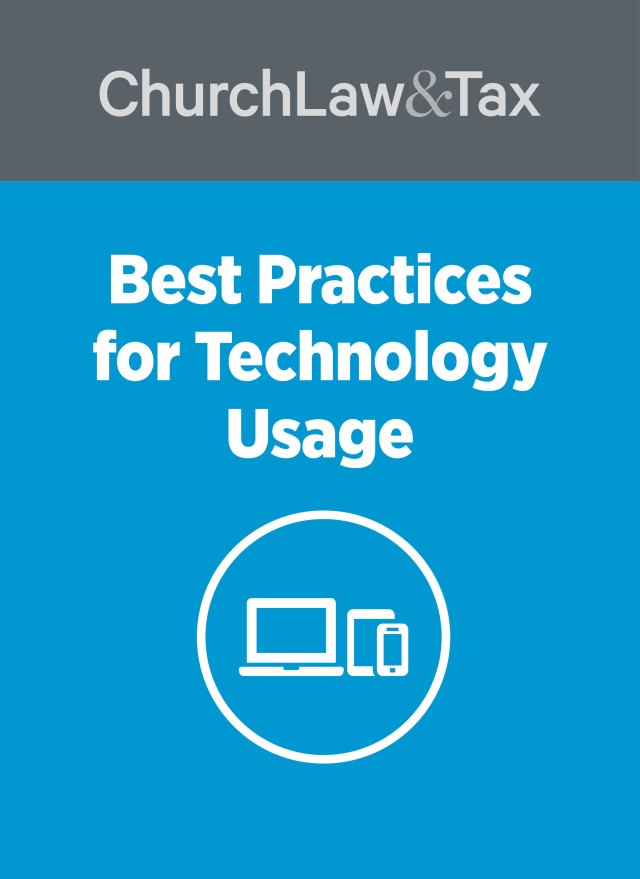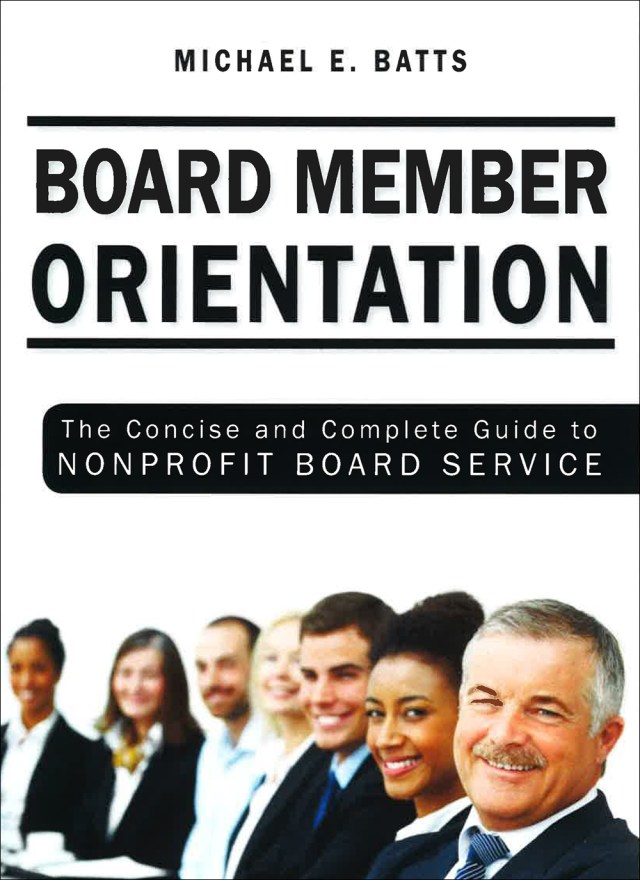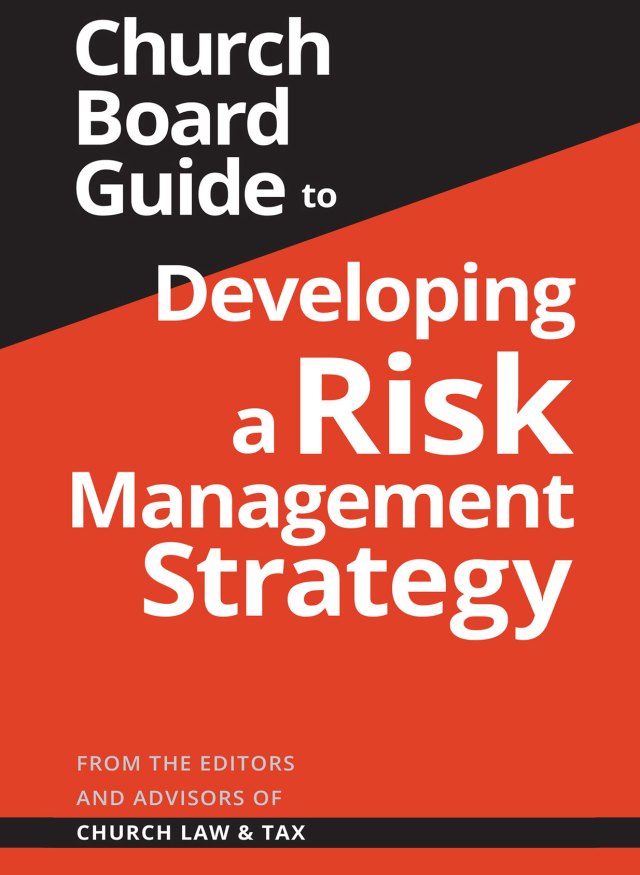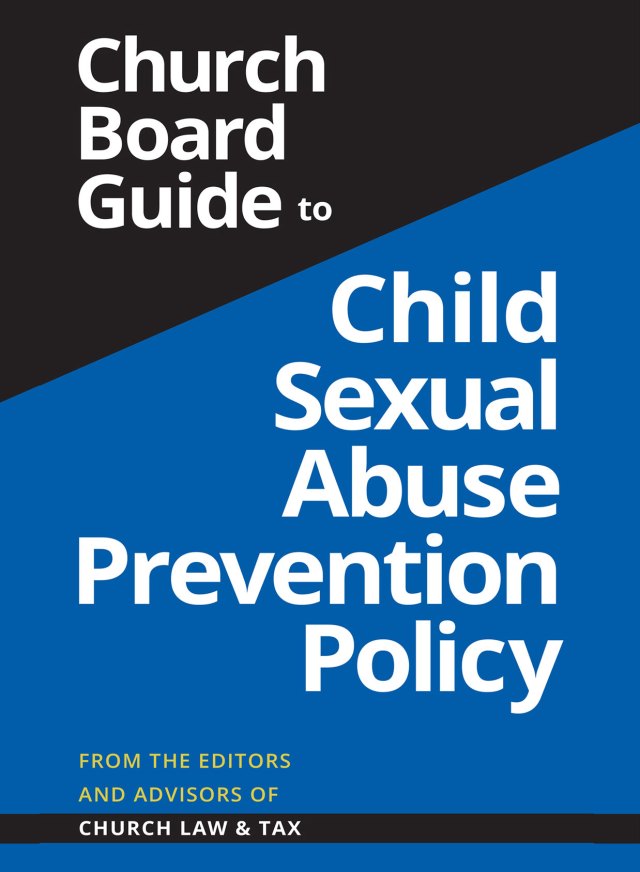Churches don’t often worry about the potential costs of risks. After all, mishaps and emergencies are covered by wide-range property and liability insurance, right?
In fact, church leaders may not fully understand the degree to which certain risks remain or the potential costs associated with these risks. They also may not know the limits of the policy, or how much of the risk is actually transferred with insurance.
A church may have $1 million of property coverage, but the church building may have a true value of $1.5 million. In essence, only two-thirds of the building is insured. Suppose a fire creates $900,000 in damage. Church leaders may think they are fully covered, but if the insurance policy contains a coinsurance clause that requires the building to be insured to its full value, the insurance company is only obligated to pay the church two-thirds of the loss ($600,000). In essence, the church is retaining one-third of any property loss because it’s insured the building for two-thirds of its value.
Or, consider the following: A church is sued for sexual misconduct. The church has $1 million of liability coverage, but the insurance company declines the claim, noting that the policy endorsements exclude coverage for sexual misconduct. Perhaps none of the church leaders carefully read the exclusions, or they read them but did not understand the potential risk of a sexual misconduct claim.
The failure to understand what is not covered, the amount of coverage available (which is not necessarily the same thing as the limits of the policy), and the potential severity of a risk, can devastate a church. To make good financial risk decisions, church leaders must understand the financial consequences of the risks they face, the nature of the insurance coverage, and the alternatives to consider in addition to insurance.
Risk financing alternatives
Since most churches put little thought into risk management to begin with, not much attention is given to the consideration of risk financing outside of insurance. Frequently, no one on staff has a risk management background, or the time to analyze risk management issues. As a result, many leaders depend upon their insurance agents to guide them concerning these concerns.
What alternatives should the church and its leaders consider with respect to insurance as the sole source of risk financing? Some of the more common ones are discussed below.
Cash flow
Typical churches can pay small losses out of the weekly cash flow. The amount of discretionary money available from cash flow is one factor that a church should use in evaluating deductibles for property and liability coverage. As the deductible increases, the premium decreases. The offset in the premium can be applied toward potential losses. The lower premium is also offset by the retained risk that the church is assuming, but retaining that risk may make sense based on the loss history.
Cash reserves
Churches can designate some portion of their savings as a reserve for potential losses. As the reserve increases in size, it enables a church to purchase insurance with higher deductibles. Those savings can be applied toward the cash reserve. Of course, the church is retaining higher levels of risk, but when it’s informed, this can be the best financial choice.
Borrowed funds
Leaders can plan in advance to use borrowed funds to pay for specific levels of losses. To be safe, a line of credit should be established with a bank for that specific purpose. The terms of the loan should be clear in advance.
Noninsurance contracts
Churches can also transfer certain risks through noninsurance contracts like indemnity agreements, sometimes referred to as hold harmless agreements.
Example: Suppose a church sponsors a trip to a foreign country to help build a new church building. The church may require that each adult participant signs an agreement to hold the church harmless with respect to any individual losses that may incur. Or, a church may require an outside group who uses church facilities to indemnify the church for any losses that may occur during the use of the facilities. Indemnification does not lower the risk of a particular loss; it transfers a financial responsibility if the loss should occur.
Enforcement of these contracts can be a problem. They can be poorly written or legally invalid. Sometimes the contractual party isn’t able to fulfill the terms of the contract. When used appropriately, however, indemnification agreements can be important devices for transferring financial burdens associated with specific risks. Church leaders must use a competent attorney in preparing indemnification or hold harmless agreements.
Financial capabilities
To make an informed decision concerning risk financing, leaders should examine the financial capabilities of the church based upon the factors discussed above. Questions include:
- How much discretionary money does the church have available from its cash flow for risk financing?
- How much money is available from savings for risk financing?
- How much credit can the church obtain and afford for potential losses?
- How much of a risk-related financial burden can the church afford to retain?
- What financial burdens can the church shift through contracts other than insurance?
Financial goals
Each church has unique risk financing needs. They also have different financial goals. In establishing risk financial goals, one starting point is to determine (1) how much property risk financing is needed, and (2) how much risk financing is needed for liability.
The property amount is easier to calculate because it can be derived from an objective analysis of church assets. Liability, however, is difficult to calculate with accuracy. Many factors affect potential liability, including the nature of the alleged offense, degree of culpability, actual harm to others, available defenses, jurisdiction of the case, potential for a settlement, means of settlement, and potential perspective and values of a jury if a case goes to trial. Precedent can be used for analysis, but it’s not always a good guide.
Many churches now carry $2 million or more of liability coverage, but that amount can be misleading. Some claims aren’t typically covered under a church’s general liability policy. For example, coverage for sexual misconduct, directors, and employment practices usually require separate policies. The amounts of liability coverage available may vary from one company to another.
Leaders should determine threshold levels of risk financing for property and liability coverage. Using a table like the one below, a determination can be made on how the risk financing will occur. In every case, insurance will play a dominant role in providing catastrophic coverage.
1. Total risk financing needed:
$_________
Should equal the sum of the following:
2. Amount from cash flow (per year):*
$_________
3. Amount from savings:
$_________
4. Amount available from line of credit:
$_________
5. Amount from insurance:
$_________
Many factors determine the amounts for lines 2-5. Some churches have a sizeable cash flow with discretionary money as well as savings for risk financing. Others may be unwilling to devote any extra funds to risk financing other than what is needed to meet the church’s deductible on its insurance policy. Another may have no savings or extra funds available. It may have no choice but to be fully dependent on insurance.
A church’s philosophy of ministry affects its financial goals and risk financing should fit into that philosophy by maintaining consistency with the financial goals of the institution. One task that each institution faces is to establish a balance between costs and benefits. Churches that want primarily catastrophic insurance coverage will retain higher levels of risk. They need the financial means available to pay for losses as needed. Leaders also bear the emotional cost of bearing those risks. Churches that transfer as much of the financial burden as possible will have low deductibles and must be willing to pay higher insurance premiums for that benefit. In addition, they also get the peace of mind that comes with the insurance coverage.
Adapted from Church Finance by Michael E. Batts and Richard R. Hammar (2015, Christianity Today).

